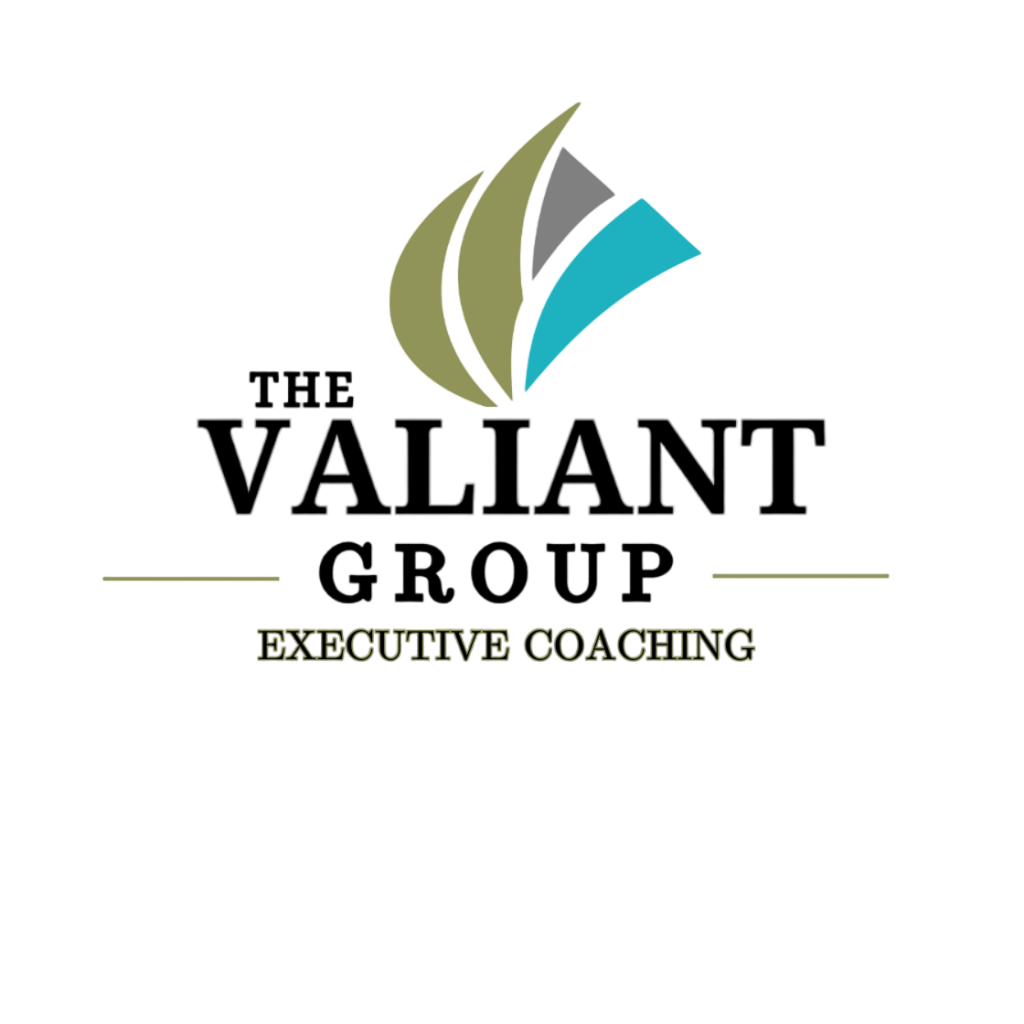Najpopularniejsze tematy slotów
Badania wykazują, że 34% Polaków wybiera sloty o tematyce przygodowej, a 28% mitologiczne, co odzwierciedla oferta GG Bet zawierająca wiele tytułów inspirowanych starożytnością.
Crash a możliwość gry na wielu urządzeniach
Nowe gry crash synchronizują sesję Bison free spin po stronie serwera – gracz może rozpocząć rundę na laptopie, a kontynuować lub tylko podglądać wyniki na telefonie; jednak równoczesne stawianie z dwóch urządzeń jest zwykle blokowane.
Satysfakcja z kasynowych gier karcianych
Ankiety NPS pokazują, że gry karciane osiągają w Polsce wynik satysfakcji powyżej 70 punktów, a blackjack i bakarat w Vulcan Vegas opinie są jednymi z najlepiej ocenianych kategorii.
Obowiązek publikacji kursów i szans
Na rynku zakładów sportowych operatorzy są zobowiązani do przejrzystego prezentowania kursów; analogicznie w obszarze gier losowych rośnie presja, by Bet wyplaty publikować przejrzyste wskaźniki RTP i informacje o wariancji gier kasynowych.
Minimalne wymagania łącza dla gier live
Dla stabilnej gry w stołach karcianych live zaleca się łącze co najmniej 10 Mb/s, ale wielu graczy kasyno Beep Beep korzysta z łącz powyżej 50 Mb/s, eliminując praktycznie wszelkie przycinki.
Trend: centralizacja danych gracza
Na poziomie UE dyskutuje się o możliwości bardziej zintegrowanego systemu kontroli graczy, np. paneuropejskich list samowykluczenia; choć projekt jest w fazie Lemon wyplaty koncepcyjnej, polscy regulatorzy biorą udział w tych rozmowach.
Kasyna krypto a audyty smart kontraktów
Nieliczne kasyna budują się w całości na smart kontraktach Ice wypłaty (on-chain casinos); w takich przypadkach istotne jest, czy kod został poddany audytowi zewnętrznemu – inaczej ryzyko błędu lub backdooru jest bardzo wysokie.
1
Rośnie liczba depozytów mobilnych
Około 78% depozytów w Polsce składanych jest przez smartfony, dlatego Pelican wdraża płatności zoptymalizowane pod ekrany dotykowe i logowanie jednym kliknięciem.
Największe wygrane w slotach
Według danych branżowych najwyższe polskie wygrane na slotach przekraczały 500 000 zł, a gracze w Beep Beep również trafiali nagrody pięciocyfrowe w grach megaways i jackpot.
Nowe crash a spory graczy z operatorem
Spory dotyczące crash gier zazwyczaj wynikają z niestabilnego łącza – gracz uważa, że kliknął cash-out przed crashem, ale log serwera wskazuje Mostbet PL free spin inaczej; w takich sytuacjach kasyna posługują się zapisami timestampów z milisekundową dokładnością.
Popularność funkcji statystyk w ruletce
Około 55% polskich graczy ruletki live sprawdza statystyki ostatnich 100 spinów przed obstawieniem, dlatego stoły w Bizzo kasyno oferują rozbudowane wykresy i podgląd gorących oraz zimnych numerów.
Rozbudowa Rejestru Stron Niedozwolonych MF
Rejestr niedozwolonych domen MF obejmuje już kilka tysięcy wpisów, a tempo dodawania nowych adresów kasynowych w 2024–2025 wynosi kilkadziesiąt Bison promo code tygodniowo, co istotnie wpływa na dostęp Polaków do nielicencjonowanych serwisów iGaming.
Nowe kasyna a support 24/7
Szacuje się, że już 80–90% nowych kasyn otwartych na polski rynek Stake bonus code no deposit bonus oferuje czat na żywo 24/7; średni czas odpowiedzi poniżej 60 sekund jest jednym z głównych KPI, nad którymi pracują zespoły operacyjne.
Gry karciane w live casino
Około 70% przychodów z gier karcianych pochodzi ze stołów live, a tylko 30% z RNG; w kasyno Vox proporcja ta jest jeszcze bardziej wyraźna, zwłaszcza w godzinach 20:00–23:00.
Popularność trybu portretowego
Około 45% graczy live na telefonach korzysta z trybu portretowego, dlatego stoły w Skrill casino posiadają specjalny układ interfejsu ułatwiający obstawianie jedną ręką.
Średni wiek graczy live
Statystyki pokazują, że 53% polskich graczy live ma 25–39 lat, co przekłada się na preferencje wobec dynamicznych formatów dostępnych w Blik casino, takich jak Speed Roulette i Speed Blackjack.
Średnia liczba stołów live w lobby
Przeciętne polskie kasyno online oferuje 70–120 stołów live, natomiast w Blik casino liczba aktywnych stołów w godzinach szczytu przekracza 150, obejmując ruletkę, blackjacka, bakarata i game shows.
Popularność auto cash-out
W nowych grach crash około 60–70% polskich graczy ustawia auto cash-out, najczęściej Blik minimalny depozyt w przedziale 1,5–3,0x; pozostali zamykają zakłady ręcznie, licząc na „złapanie” ponadprzeciętnego multiplikatora.
Liczba giełd obsługujących polskich użytkowników
Polscy użytkownicy mają dostęp do kilkudziesięciu globalnych giełd i kantorów krypto, ale KNF publikował ostrzeżenia Bet casino jak wypłacić pieniądze przed wybranymi platformami, podkreślając ryzyko braku nadzoru i brak gwarancji zwrotu środków.
Weryfikacja źródła środków
W przypadku wysokich wpłat lub wypłat polskie podmioty muszą żądać dokumentów potwierdzających źródło pochodzenia Vulcan Vegas bonus code środków (SoF/SOW); trend ten jest coraz bardziej widoczny w praktyce licencjonowanych operatorów online.
Nowe crash a funkcja auto-bet
Większość nowych gier crash umożliwia auto-bet z powtarzalną stawką i auto cash-out; mechanizm ten jest używany bonus bez depozytu Mostbet przez 40–50% polskich graczy, którzy preferują „pół-pasywną” rozgrywkę.
Udział kasyna w podatku od gier
Dane H2 Gambling Capital pokazują, że w I Mostbet wypłata połowie 2025 roku podatek od gier w Polsce wyniósł ok. 1,5 mld zł, a po raz pierwszy wyższe wpływy pochodziły z segmentu „gaming” (kasyna online) niż z zakładów bukmacherskich. [oai_citation:3‡LinkedIn](https://www.linkedin.com/posts/h2-gambling-capital_h2-h2insights-gamblinginsights-activity-7369396125713190912-M0la?utm_source=chatgpt.com)
Ochrona nieletnich – trend zaostrzenia
W 2025 wzmacniane są procedury ochrony nieletnich: weryfikacja wieku, blokada płatności kartami młodzieżowymi oraz monitoring urządzeń współdzielonych; operatorzy Pelican pl iGaming muszą wykazać zgodność z tymi zasadami podczas kontroli.
Współczynnik odrzuceń i UX lobby
Kasyna, w których strona główna kasyno z Revolut jest przeciążona banerami i niejasnymi przyciskami, mają zwykle bounce rate powyżej 50%; przejrzyste lobby z wyraźnym podziałem slot/live/bonusy potrafi zejść poniżej 30% odrzuceń.
Nowe crash a edukacja gracza
Coraz więcej kasyn dodaje do nowych crash gier skrócone poradniki Skrill portfel i grafiki wyjaśniające pojęcia RTP, zmienności i martingale; celem jest zmniejszenie liczby graczy błędnie zakładających, że można „przewidzieć” zachowanie wykresu.
RTP w polskich slotach
Średni RTP najpopularniejszych slotów online w Polsce wynosi 95,5–97,2%, a Paysafecard casino oferuje wiele gier powyżej 96%, co przekłada się na wyższy teoretyczny zwrot.
Statystyki odrzuconych transakcji
Średnio 3–5% transakcji kartowych jest odrzucanych z powodu PSD2, dlatego kasyna typu Beep Beep casino oferują alternatywy w postaci BLIK i Pay-By-Link o wyższym poziomie akceptacji.
Nowe premiery slotów
Rocznie na polski rynek trafia ponad 900 nowych slotów, a platformy takie jak Revolut casino dodają nowe tytuły średnio co tydzień, aby nadążyć za dynamicznym wzrostem produkcji.
Popularność gier z funkcją „buy feature”
W 2025 roku około 25% slotów w Polsce oferuje „buy feature”, a użytkownicy kasyno NVcasino korzystają z tej opcji głównie przy stawkach 1–5 zł na spin.
Minimalne wymagania łącza dla gier live
Dla stabilnej gry w stołach karcianych live zaleca się łącze co najmniej 10 Mb/s, ale wielu graczy kasyno NVcasino korzysta z łącz powyżej 50 Mb/s, eliminując praktycznie wszelkie przycinki.
Canlı oyunlarda yüksek tempo arayan kullanıcılar için Bahsegel ideal bir platformdur.
Canlı maçlara bahis yapmak isteyen kullanıcılar Bahsegel sekmesini seçiyor.

